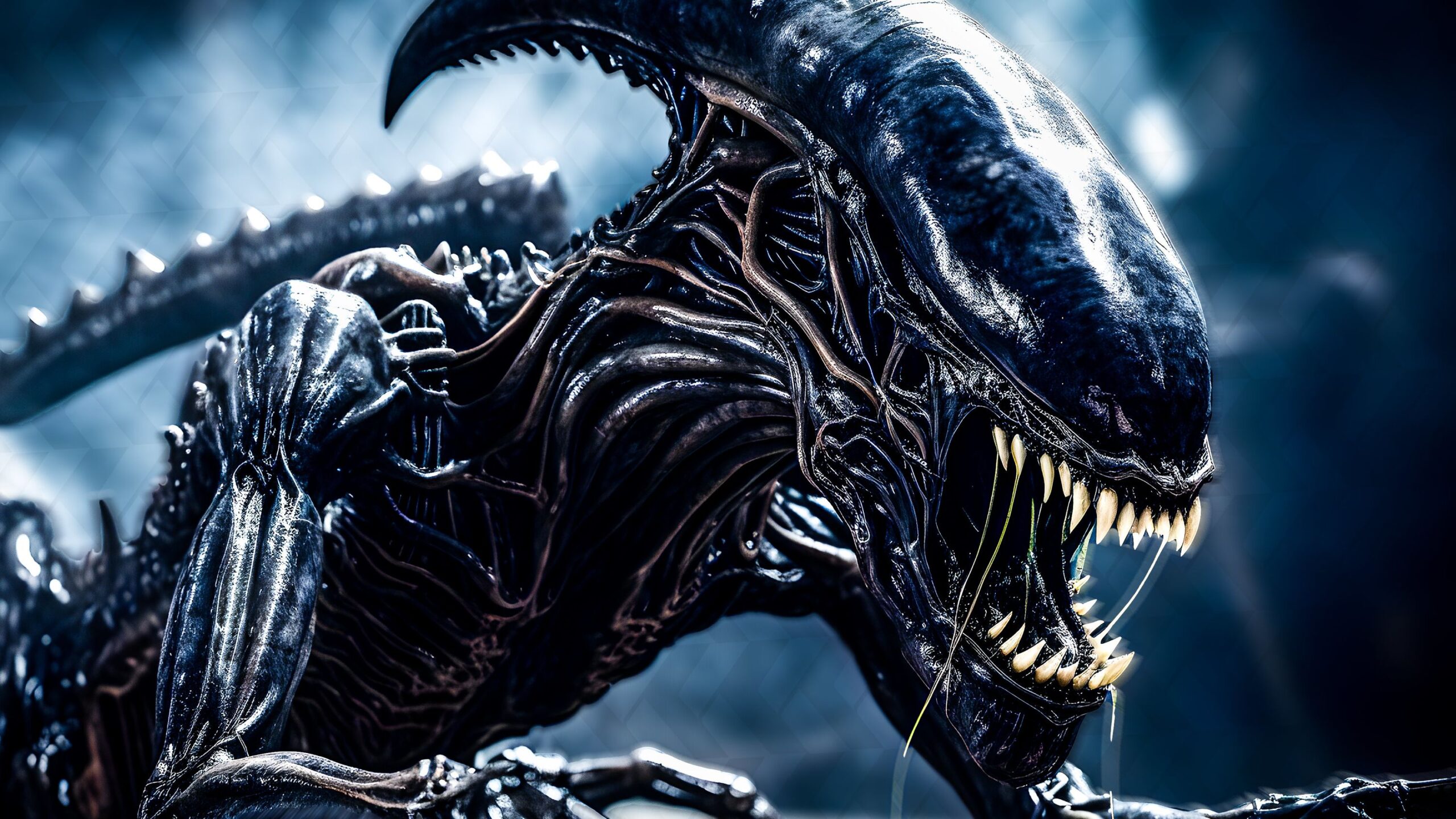The cinematic landscape is littered with instances where films, through shared thematic elements or fleeting visual cues, become conflated in the collective memory. One such point of confusion often arises when discussing films involving extraterrestrial encounters, particularly the movie “Alien: Romulus”. The details can sometimes blur, causing people to recall elements that belong to a different movie altogether. One particularly persistent instance involves individuals remembering an alien-themed movie featuring prominently, an owl motif, a description far more apt for “The Fourth Kind” than anything directly related to the Alien franchise. This conflation, while seemingly arbitrary, underscores a deeper commonality in our cultural anxieties surrounding the unknown and the alien other. It highlights our psychological tendency to cluster conceptually related, yet distinct, experiences.
The core of the confusion likely stems from the similar conceptual terrain that both “Alien” and “The Fourth Kind” occupy. Both franchises tap into primal fears: the vulnerability of humanity against a superior, incomprehensible force. “Alien” presents this fear through the brutal physicality of the Xenomorph, a creature embodying biological terror. “The Fourth Kind,” conversely, leverages the psychological horror of alien abduction, employing a mixture of alleged real footage and dramatization to instill a sense of unnerving verisimilitude. Even though the specific manifestations of extraterrestrial threat differ greatly, the underlying emotion – a feeling of existential dread in the face of an unknowable power – remains consistent.
The owl imagery in “The Fourth Kind” serves as a key component in this psychological manipulation. The film posits that alien entities often manifest as owls, cloaking their presence within familiar forms. This subversion of the commonplace—transforming a symbol of wisdom and nocturnal grace into a harbinger of abduction—is profoundly unsettling. The owl, therefore, isn’t merely a visual motif, but a dissimulative facade employed by the aliens to mask their intrusion into human lives. The pervasive use of hypnotic suggestion plays a pivotal role. This technique, combined with the ambiguity of the “real” and the staged, blurs the lines between reality and delusion, leaving viewers questioning their own perceptions.
The “Alien” franchise, on the other hand, lacks any overt association with owls. Its iconography revolves around the biomechanical horror of H.R. Giger’s designs and the claustrophobic terror of being hunted in the vast emptiness of space. The alien creature’s life cycle, its acidic blood, and its relentless pursuit of human hosts define the series’ unique brand of horror. While subtle thematic connections may exist, the absence of a direct visual or narrative link to owls renders the conflation with “The Fourth Kind” somewhat perplexing, yet still understandable within the broader context of alien-themed anxieties.
The human proclivity to simplify complex information also contributes to this confusion. Faced with a plethora of extraterrestrial themed narratives, our minds tend to categorize and consolidate information into manageable chunks. This process can lead to the unintentional merging of details from different sources, particularly when the underlying themes are similar. The anxiety induced by the concept of malevolent alien encounters creates a cognitive shortcut, linking disparate films together based on shared emotional impact rather than precise plot details. This is particularly true if the viewing experience occurred during a period of heightened susceptibility to suggestion, such as during adolescence or times of personal stress.
Furthermore, the very act of remembering is a reconstructive process, not a perfect retrieval of stored information. Our memories are susceptible to distortions, embellishments, and the influence of external sources. When discussing a movie viewed years ago, we are not simply recalling a static image, but actively rebuilding the experience based on fragmented recollections and subsequent interpretations. This reconstructive nature of memory explains why details from one film can inadvertently migrate into the remembered narrative of another, especially when dealing with abstract or emotionally charged subject matter.
Another interesting component is the sociological aspect of shared cinematic experience. Movies often become part of our collective cultural consciousness, influencing our language, beliefs, and expectations. Discussions about alien encounters, in particular, can trigger a cascade of associated images and ideas, leading to the unintentional blending of cinematic elements. This is especially true within online communities and fan forums, where repeated discussions and analyses can inadvertently reinforce inaccurate or conflated memories.
In conclusion, the recurring instance of individuals associating owls with the “Alien” movie, “Alien: Romulus,” is not merely a random error, but a symptom of deeper psychological and sociological processes. It reflects our shared anxieties about the unknown, our tendency to simplify complex information, and the reconstructive nature of memory. While “The Fourth Kind” is the film that prominently features owls as a motif, the persistent conflation highlights the power of cinema to shape our collective imagination and the enduring fascination with the question of whether we are truly alone in the cosmos.
